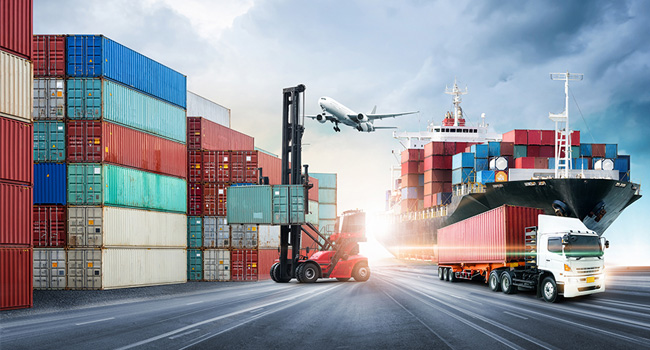Digital Twins Belong at the Center of Supply Chain Decisions especially in Times of Tariff Uncertainty
By: Dr. Iris Heckmann, VP of Product Strategy, Life Sciences Industry Solutions, ParkourSC
Tariffs are no longer a policy backdrop – they’ve become a strategic disruptor.
Whether announced abruptly, escalated overnight, or applied selectively across regions, recent U.S. tariff measures have shown just how quickly they can shift cost structures, sourcing logic, and network priorities.
And yet, many companies still try to respond with static planning tools built for more stable times and error-prone spreadsheets.
This is where supply chain digital twins come in. They’re not just polished demos for supply chain teams. A true digital twin supports structured decision-making: from evaluating tariff impacts to testing sourcing shifts. It helps organizations test assumptions, simulate outcomes, and adjust strategies – long before reality catches up.
Digital twins have evolved from conceptual promise to practical tools.
But in many organizations, they still remain detached – treated as disconnected innovation projects rather than embedded parts of daily decision-making. Too often, they are not built to systematically support forward-looking decisions – leaving organizations exposed when uncertainty turns into disruption.
Because in today’s environment, resilience isn’t just about reacting quickly. It’s about being prepared to react with clarity and confidence when disruption occurs. A well-integrated digital twin enables that: not as a one-off simulation, but as a continuous capability to assess exposure, test alternatives, and inform planning with substance.
What Makes the Digital Twin Valuable?
The real value of a supply chain digital twin lies in enabling better decisions:
- Where can we shift production if a key route becomes economically unviable?
- What happens to our total landed cost if tariffs spike next quarter?
- How do lead times and stock levels react when we reclassify origin countries?
These are not abstract questions. They’re planning-critical – and they require a model that can simulate dynamic conditions, not static forecasts.
From Experiment to Core Infrastructure
Faced with shifting tariffs and ongoing disruptions, the most effective companies are no longer treating the digital twin as a side project. They’re integrating it into their planning backbone. That means:
- Connecting it to real, regularly updated operational data
- Embedding it into S&OP and risk review cycles
- Using it to evaluate sourcing, production, and investment scenarios proactively
This isn’t about having a perfect model. It’s about having a responsive one – one that reflects the business you run, not the spreadsheet you inherited.
Why Now?
Because the traditional lead time for decisions is gone. Tariff shifts, policy reversals, and supplier risks emerge on a weekly basis. A quarterly review process is too slow. You need a model that’s alive – one that lets you stress-test today’s reality against tomorrow’s shock.
And yes, data matters. But the first step isn’t building a perfect data lake. It’s defining the critical decisions you need to support – and then focusing data efforts where they drive real impact.
From Visibility to Action
The goal of a digital twin is not insight. It’s impact.
In a world where disruptions are constant, organizations need to move from reactive analysis to proactive, real-time decision capability. The digital twin – done right – is the infrastructure for that shift.
Next:
In the next post, we’ll explore how to build supply chain resilience that doesn’t break the bank – and why cost structures, not just continuity, must be part of the equation.
















